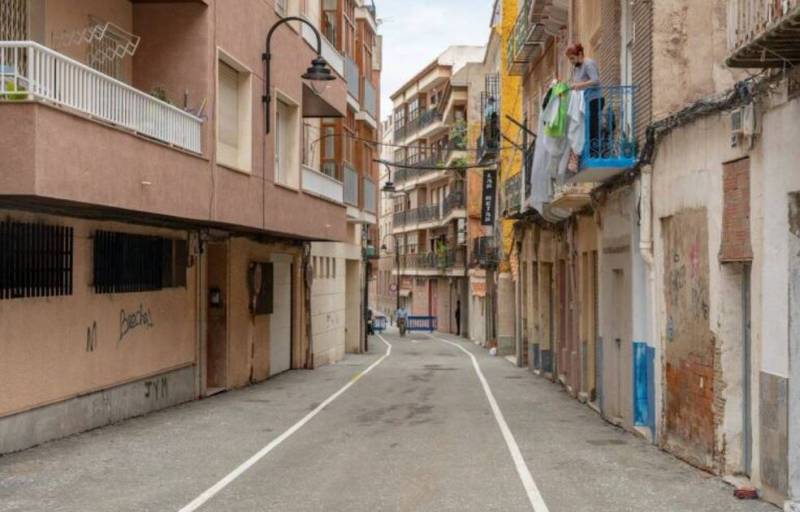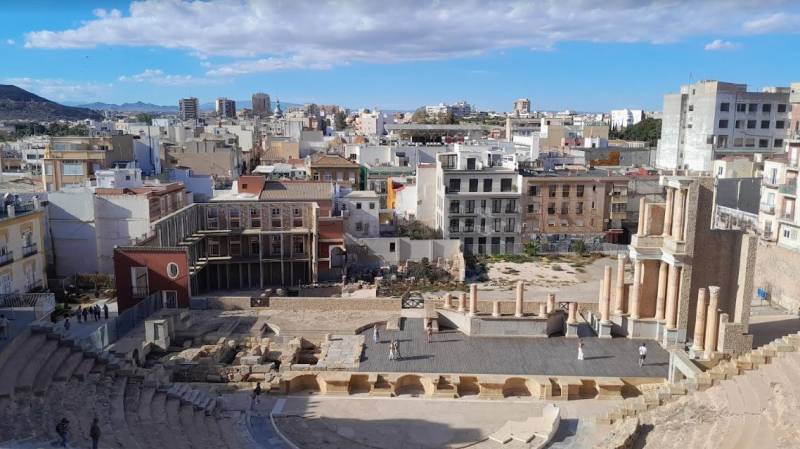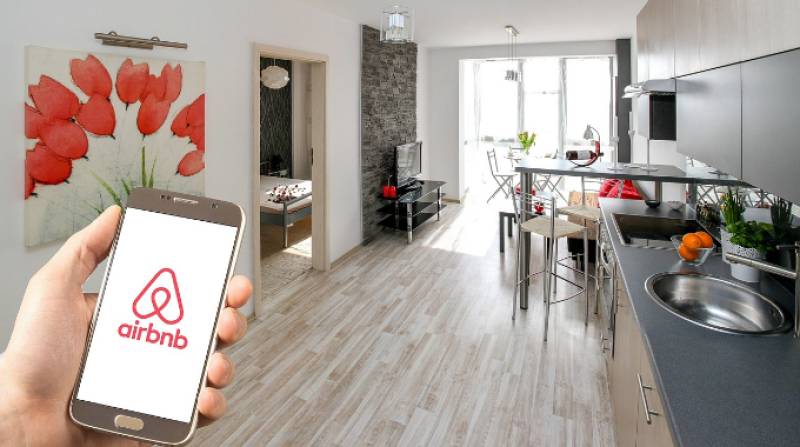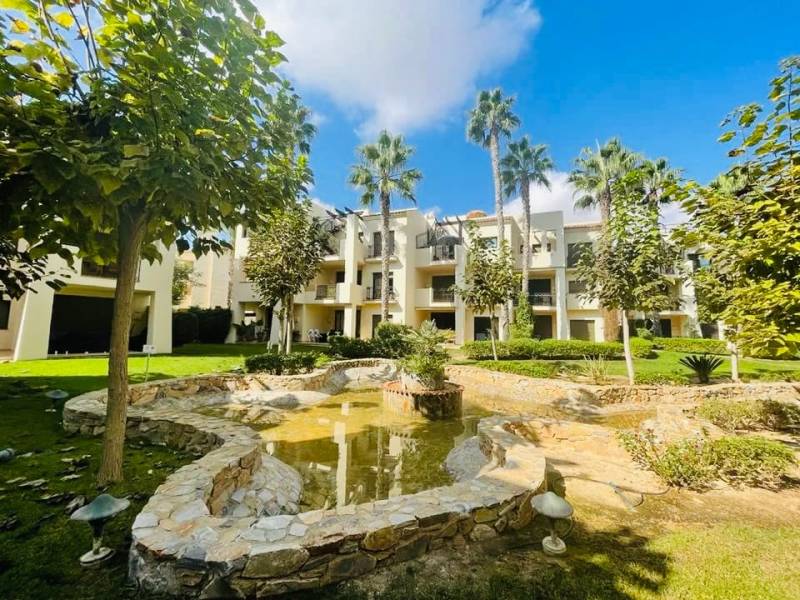- Region
- Vega baja
- Marina Alta
- Marina Baixa
- Alicante
- Baix Vinalopo
- Alto & Mitja Vinalopo
-
ALL TOWNS
- ALICANTE TOWNS
- Albatera
- Alfaz Del Pi
- Alicante City
- Alcoy
- Almoradi
- Benitatxell
- Bigastro
- Benferri
- Benidorm
- Calosa de Segura
- Calpe
- Catral
- Costa Blanca
- Cox
- Daya Vieja
- Denia
- Elche
- Elda
- Granja de Rocamora
- Guardamar del Segura
- Jacarilla
- Los Montesinos
- Orihuela
- Pedreguer
- Pilar de Horadada
- Playa Flamenca
- Quesada
- Rafal
- Redovan
- Rojales
- San Isidro
- Torrevieja
- Comunidad Valenciana
article_detail
Date Published: 27/11/2024
Empty shopfronts in Cartagena are being transformed into homes
The new direction of the city centre towards residential buildings may revitalise Cartagena, but there are significant challenges

Cartagena is undergoing a significant transformation as empty shop fronts and office spaces are increasingly being converted into residential properties.
Anyone who has taken a stroll through Cartagena city centre recently can’t have failed to notice the glut of empty storefronts with signs up saying ‘Se vende’ or ‘Se alquila’.
Spanish towns and cities have generally been pretty good about keeping brick-and-mortar stores open, but Cartagena is almost starting to feel like a British high street with the number of shop closures.
Since 2009, Cartagena has seen a steady increase in the repurposing of commercial and office premises into homes. This trend has accelerated recently, with 30 new residential units emerging from 24 initiated projects since 2023.
Backing the trend, the Mayor of Cartagena, Noelia Arroyo, recently announced plans to streamline regulations, enabling quicker transformations of disused spaces into liveable homes. Many of these conversions involve refurbishing abandoned shops, opening façade windows for natural light and reconfiguring interiors.
Recent examples include a mechanic’s workshop that has been converted into two flats in a residential neighbourhood, and the transformation of a central office into three modern apartments.
Challenges in adapting commercial spaces
While these conversions aim to maximise the use of urban spaces by repurposing existing buildings, they are not without obstacles. Cartagena’s regulations mandate strict compliance with air flow, natural light and accessibility standards. Additionally, approval from property owner associations is often required, which can delay or block projects.
Some critics argue that this trend could harm traditional shopping, particularly in historic neighbourhoods. Empty storefronts, once bustling with trade, are now residential properties, reflecting broader shifts in consumer behaviour, the impact of e-commerce and the lingering effects of the Covid-19 pandemic.
While Spain’s shopping culture has remained fairly traditional in comparison with other western countries, the truth is that the country is not immune to the changes which have been observed elsewhere of a growing preference for online sales.
But that’s not the only challenge for Cartagena’s new residential properties, nor even the main one.

Ground-floor flats created from shop conversions are typically smaller, making them more attractive to young people and students, while many have been used for holiday rentals, boosting landlords’ income.
However, affordability remains a concern, particularly as construction costs in Cartagena rise.
In addition, the president of the Association of Construction Entrepreneurs of Cartagena, Antonia González Pardo, has called for flexibility in planning and building regulations to ease costs.
She highlighted the unique challenges of the historic city’s old town, where the discovery archaeological remains frequently delay and increase the expense of projects.
For that reason, the City Council is revisiting its 20-year-old special plan for the management and protection of the old town. The review aims to offer builders more support and to encourage affordable housing development in the area.
However, striking a balance between conservation and modernisation remains tricky. Projects in the historic centre must comply with stringent heritage protection rules, overseen by the General Directorate of Cultural Heritage.
Builders are calling for measures to address these challenges, such as excluding archaeological adjustments from buildability calculations, a system already in place in Alicante and Benidorm.
As Cartagena grapples with high construction costs and shifting urban dynamics, the trend of converting shop fronts into homes is provides a creative solution to revitalise the city. However, careful planning is essential to ensure that the character of Cartagena’s historic neighbourhoods is preserved, while meeting the growing demand for affordable housing.
Images: Ayuntamiento de Cartagena / Felipe G. Pagán
staff.inc.ali
Loading
Sign up for the Spanish News Today Editors Roundup Weekly Bulletin and get an email with all the week’s news straight to your inbox
Special offer: Subscribe now for 25% off (36.95 euros for 48 Bulletins)
OR
you can sign up to our FREE weekly roundup!
Read some of our recent bulletins:
Discount Special Offer subscription:
36.95€ for 48 Editor’s Weekly News Roundup bulletins!
Please CLICK THE BUTTON to subscribe.
(List price 3 months 12 Bulletins)
Read more stories from around Spain:
Contact Murcia Today: Editorial 000 000 000 /
Office 000 000 000



































